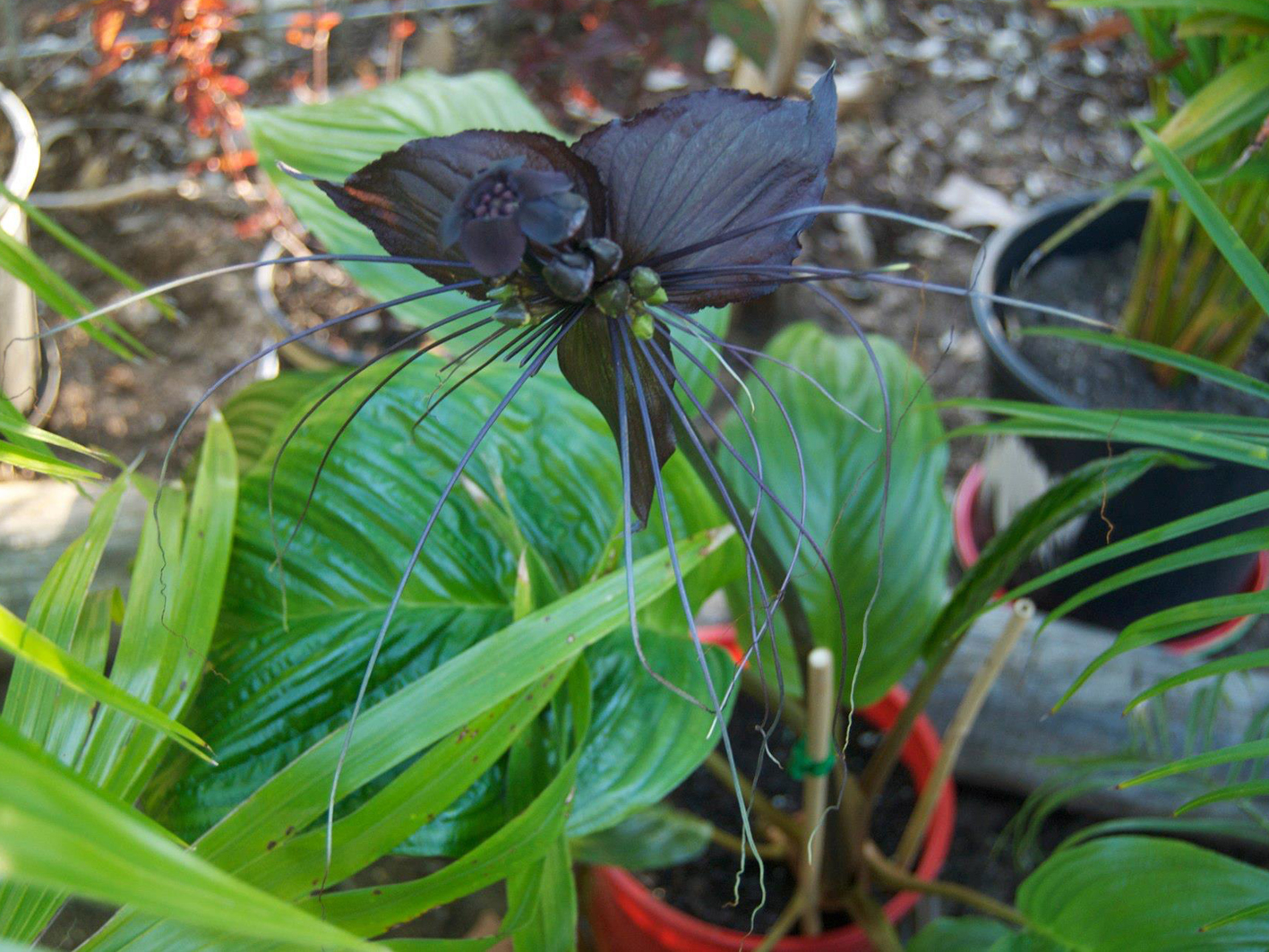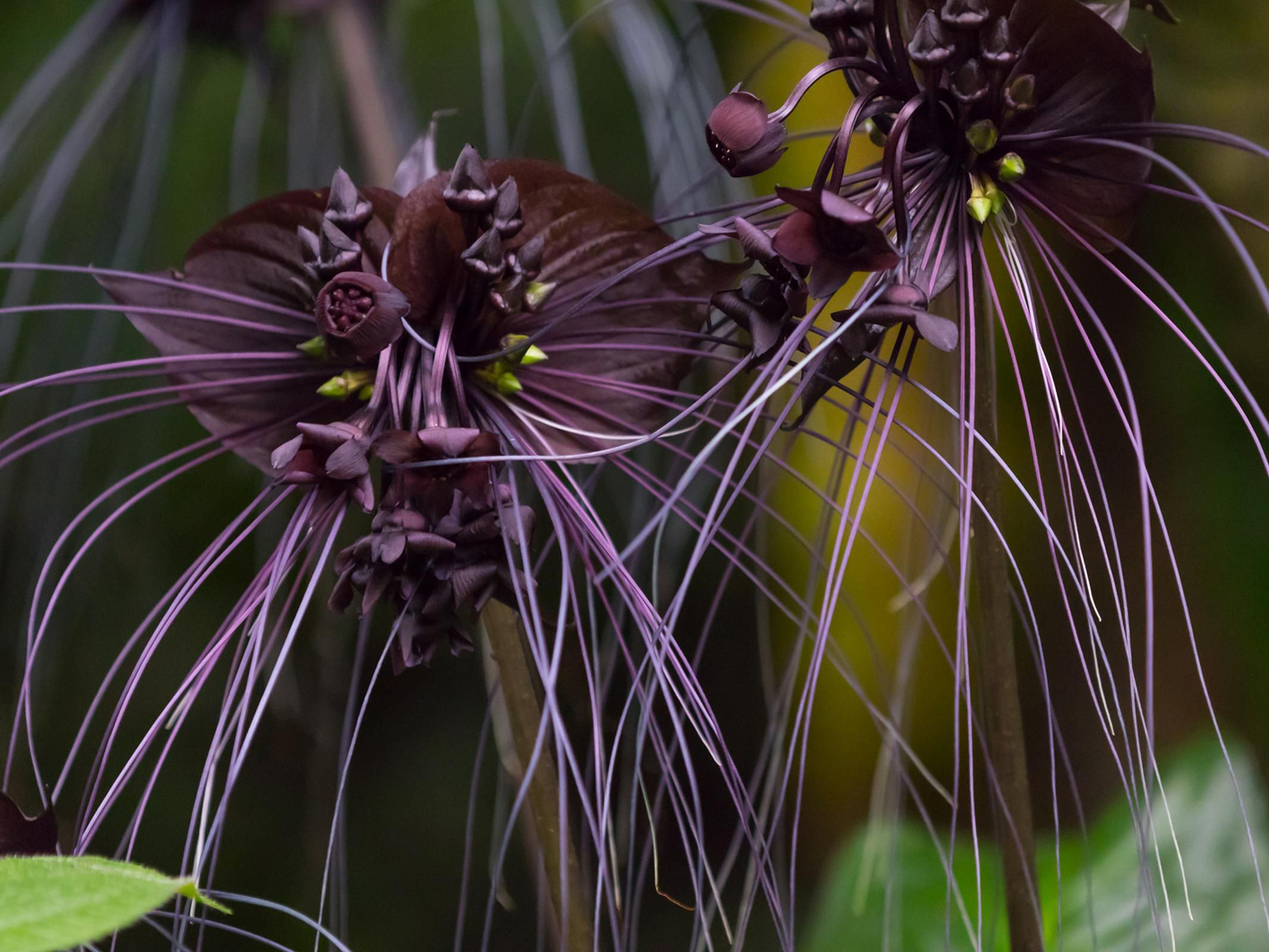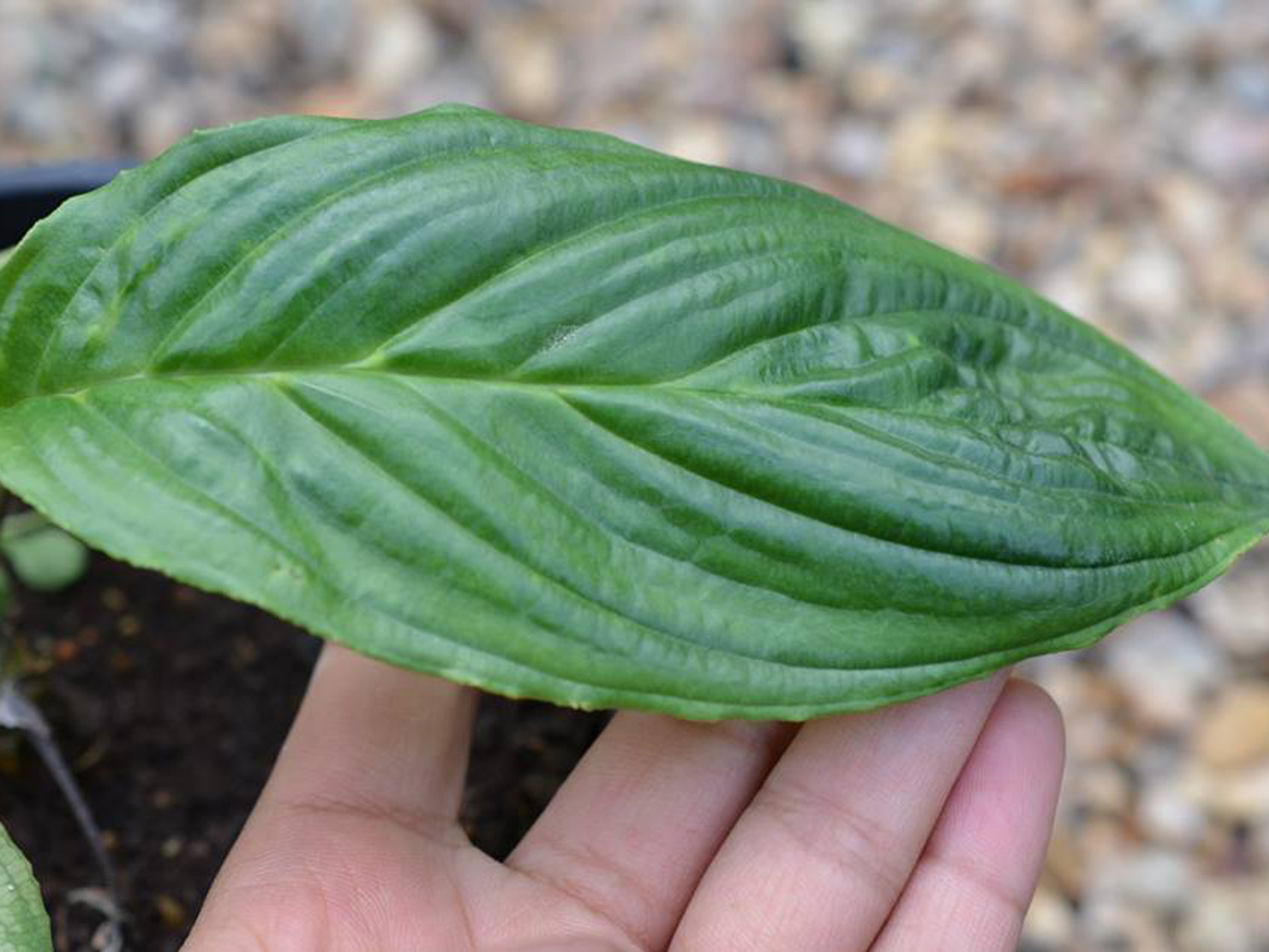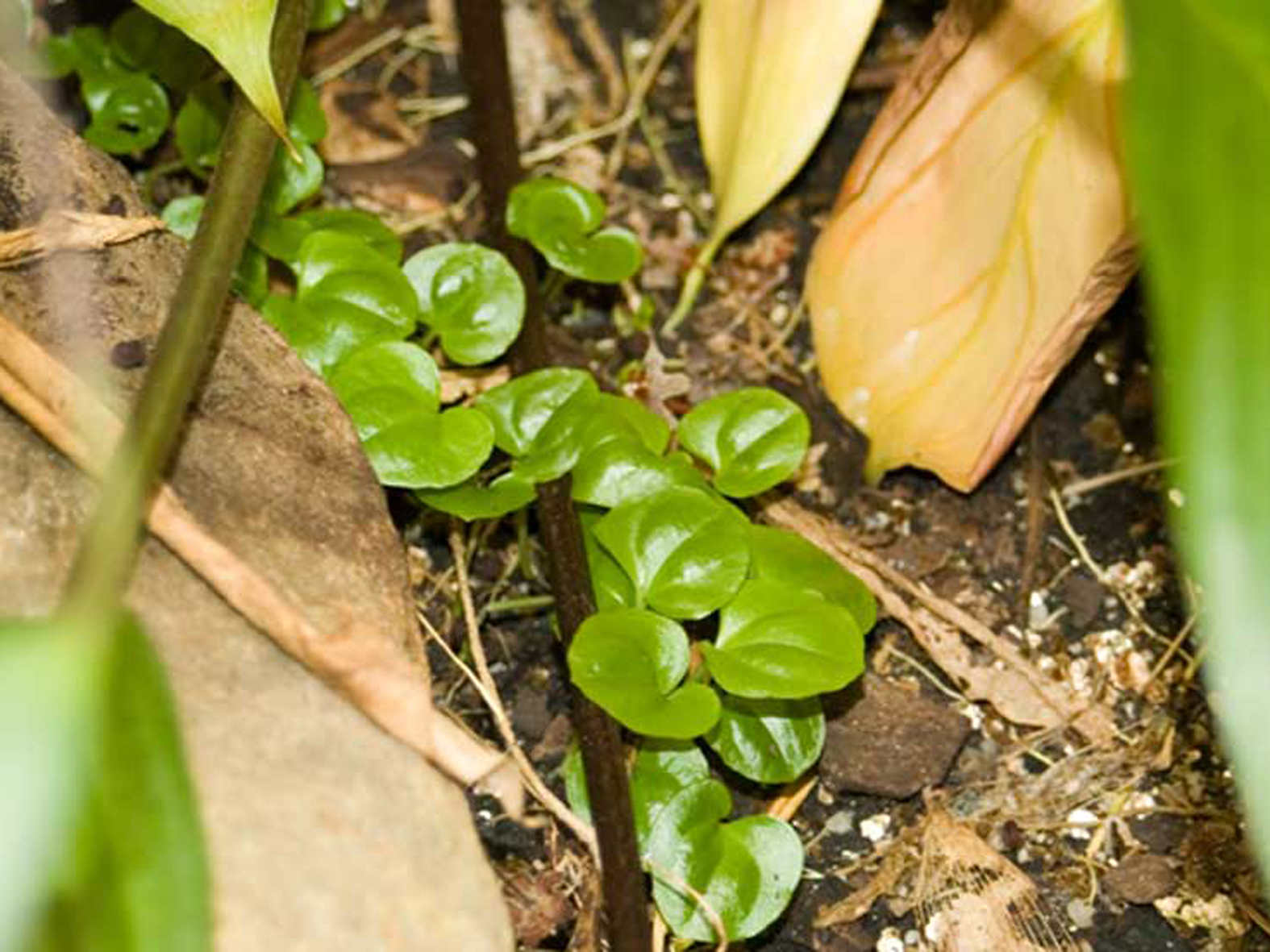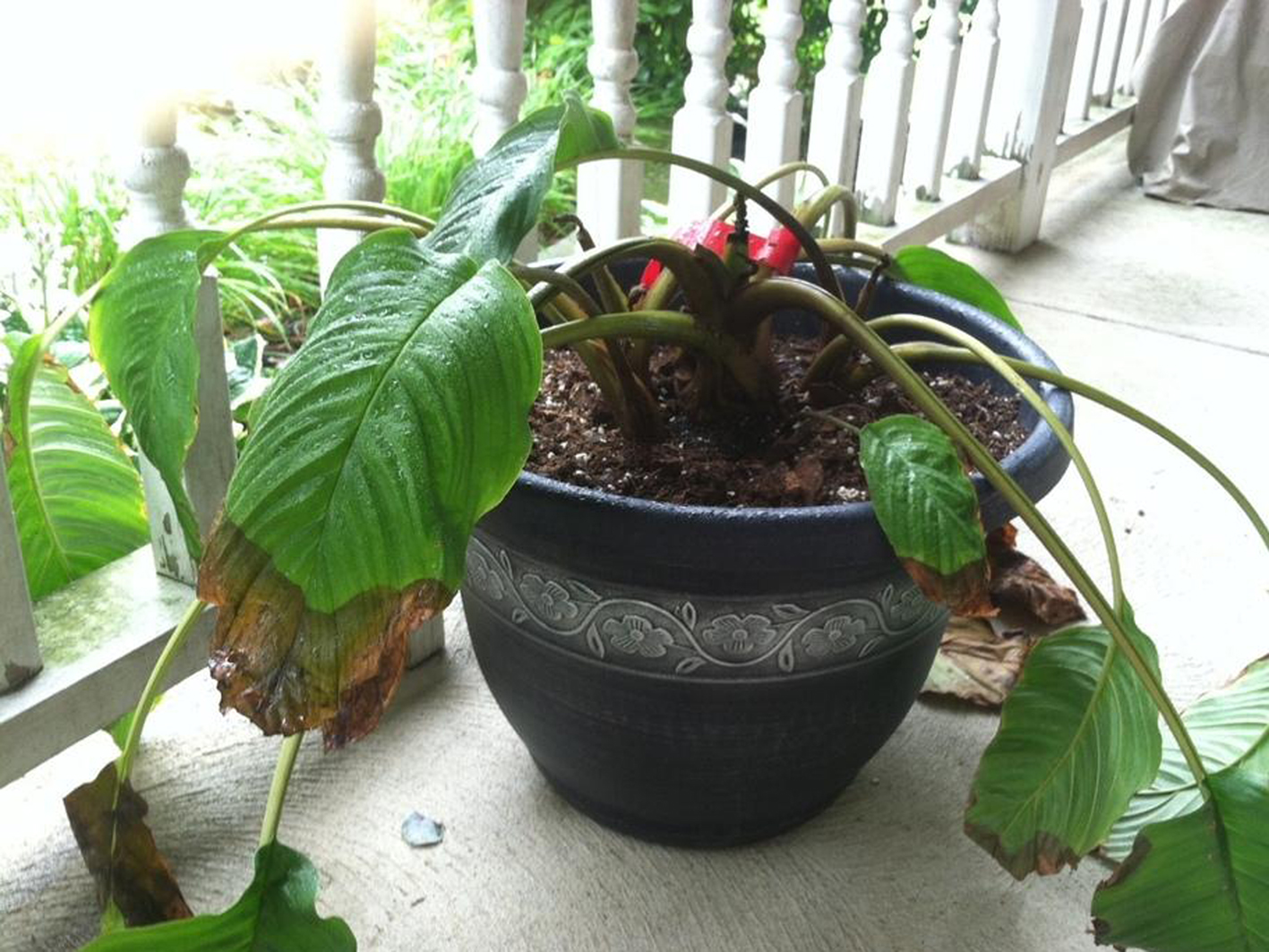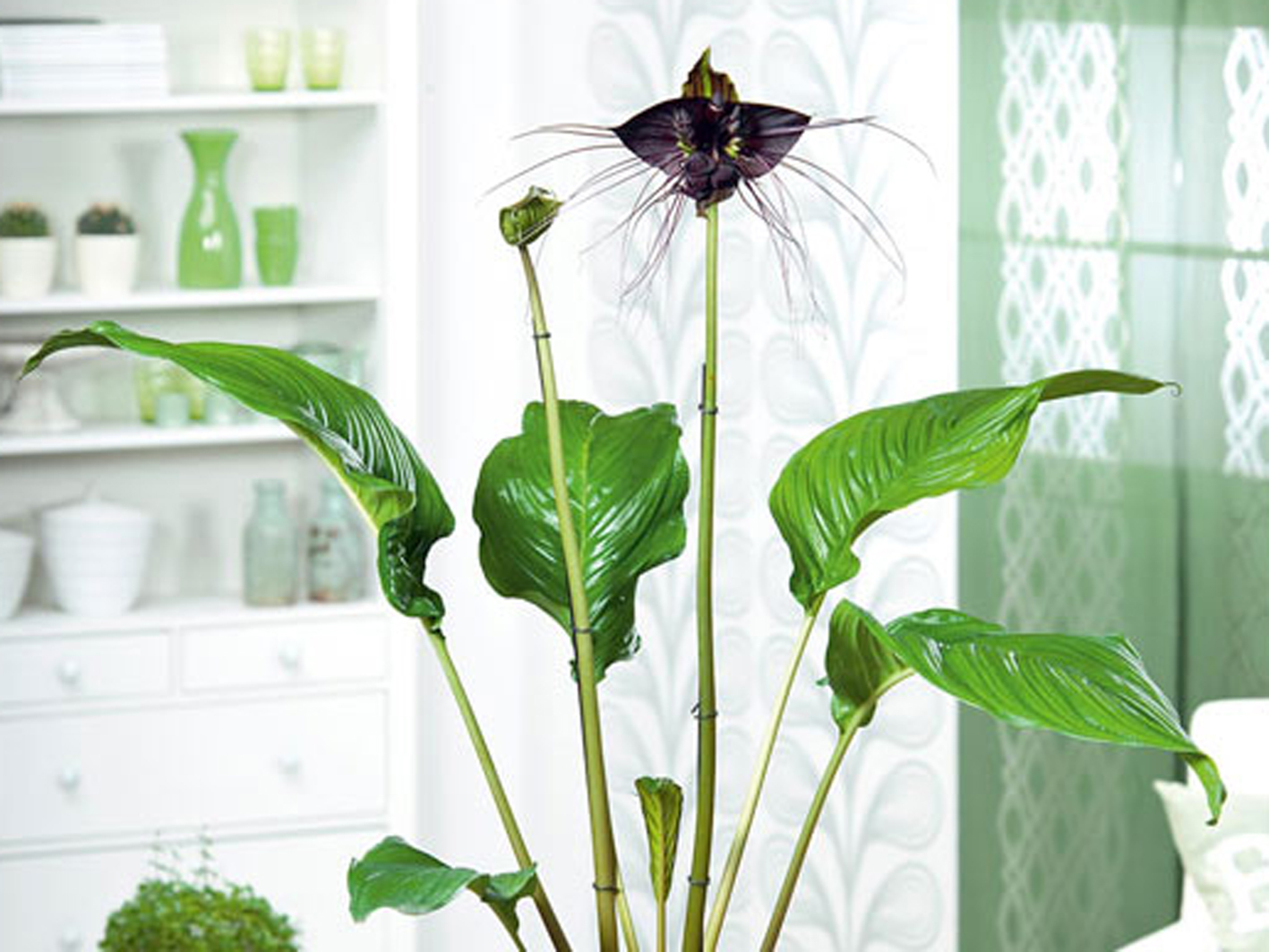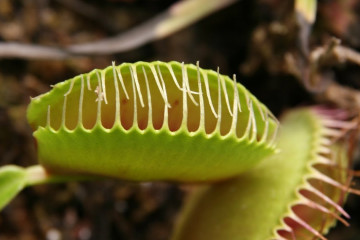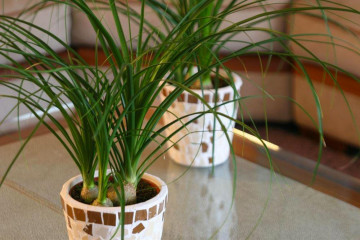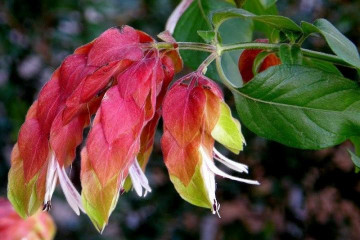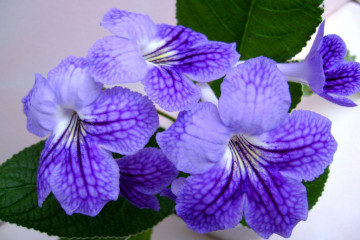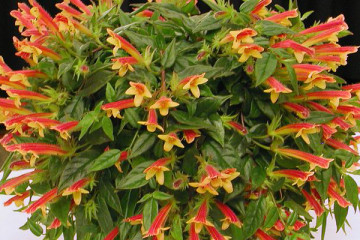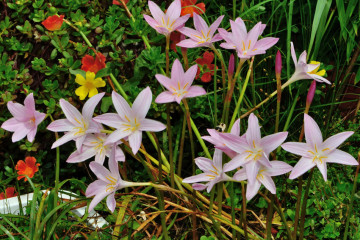Takka Shantrye - home care
Content:
Indoor plants with dark inflorescences are very rare. There are not so many of them, and even fewer with the original shape of flowers. Such an exotic plant is the Chantrieu takka, which is legendary. Growing this flower at home requires some knowledge and effort, but the spectacular appearance and unusual flowering are worth it.
What does Takka Chantrieu look like?
Due to the unusual shape of the flowers, the plant has several names. Known names such as "bat" and "devil's flower". Another name that the Chantrieu takka has, "black lily" was given due to some similarity of the inflorescences.
In fact, the plant cannot be ranked either as a lily or an orchid. It belongs to the Dioskorean family, in which a separate genus Takka is distinguished. There are 15 plant varieties that differ in height, size and appearance.
Takka Chantrye (black tacca) is very large for an indoor flower - the height ranges from 1-1.5 m.The leaves are large in size, folded at the base, located on powerful and strong cuttings.
Features of the species - abundant flowering and bizarre flower shape. On long peduncles there are dark brown or burgundy bracts, in the middle of which small flowers and long filamentous appendages are collected. It is for its color that this plant is called black takka.
Features of home care
Of course, you can only create ideal conditions for an exotic taki in a greenhouse. But if you make a little effort to fulfill the specific requirements of this plant for growing conditions, it is quite possible to achieve flowering and growth in an apartment.
The care and maintenance of takki chantrye implies several important points regarding the placement of the flower and its requirements for watering, soil, fertilizing and moisture level. The flower is no less demanding in observing the temperature regime.
Temperature
The minimum allowable temperature is +18 ℃. All year round, with the exception of the winter period, indicators can fluctuate between 20-24 ℃ above zero. In winter, you can lower them to +20 ℃. Sudden changes in temperature are destructive for a flower.
Lighting
It is better to choose a place in partial shade, protected from direct sunlight. The best option is an east or west window sill.
Watering
In summer, it is necessary to maintain constant soil moisture. Since autumn, the frequency of watering is gradually reduced, and in winter, the soil is moistened as it dries up by 1/3 of the pot.
Spraying
It is necessary to moisten the surface of the leaves at least 2 times a day, and also regularly wipe them from dust.
Humidity
One of the most important and difficult conditions to achieve is high humidity. For its implementation, it is not enough just spraying, you should additionally install a humidifier or place a pallet with wet expanded clay next to the pot.
Priming
You can prepare a substrate for planting from peat, sand and sod land, but even the slightest deviation in the composition is unacceptable. The priority is to use a ready-made substrate for growing orchids.
Top dressing
From March to early October, it is necessary to make complex mineral fertilizing with an interval of every 2-3 weeks. You can use ready-made orchid formulations or a universal top dressing for flowering indoor plants.
The plant cannot be called unpretentious in any way. Before you buy a takka flower and start growing it, you should carefully weigh everything. Takke home care needs special care. Providing optimal conditions is not easy at all.
Features of care in winter
The takka plant has characteristics of the development cycle. Growing in an apartment implies the fulfillment of certain conditions for the gradual transition of the plant to a dormant state for the winter.
For this, it is necessary to gradually reduce watering already in the fall and reduce the dose of fertilizers applied. The average daily temperature should also be lowered to +20 ℃. Spraying should not be neglected, but they should be carried out less often - 2 times a week.
When and how it blooms
The flowering of the Chantrieu takka is quite long. The first flowers appear in June and the process lasts until December. At this time, the flower is especially sensitive:
- you can not rearrange the pot with the plant to another place;
- sudden changes in the level of humidity and temperature are unacceptable;
- you need regular fertilization;
- constant soil moisture should be ensured.
All requirements are aimed at minimizing the possibility of the plant getting stress.
Pruning
Takka is a herbaceous plant and does not require pruning. Only wilted flowers should be removed to maintain a decorative appearance and stimulate further bud formation.
How takka Chantrieu reproduces
You can propagate takka at home by dividing the rhizome or growing from seeds. The first method is easier and faster, but in the absence of an adult plant, the second is the only one available.
Germinating seeds
To get the seeds on your own, you need to wait until the seed box is fully ripe. Next, the seed is removed, washed and dried.
Sowing is carried out in a soil mixture of sod soil and sand, combined in a 1: 1 ratio, or in a ready-made substrate for orchids. The seeds are deepened into the soil by 1 cm. A shelter is mounted. Before emergence, it is necessary to maintain a high humidity level in the greenhouse and a temperature level of 28-30 ℃ above zero.
When the seedlings grow up, they are seated in separate containers. Further care consists in timely watering, as well as maintaining humidity and temperature at the required level.
Rhizome division
Growing takka from part of the root is much faster and easier than using seeds. It is best to choose the spring months and carry out this procedure during the transplant.
The rhizome is divided into parts using a sharp knife, which is pre-disinfected. Parts of the root system are left for 2-3 days to dry and start planting. Sections are pre-disinfected with charcoal powder.
Transfer
Often there is no need to change the pot for an exotic black lily. Transplanting is resorted to only in two cases:
- it is planned to get a new copy of the plant by dividing the root;
- the size of the container does not correspond to the overgrown root system.
In both cases, the landing is the same. A prerequisite is the presence of a drainage layer and the use of special breathable soil. You should also maintain soil moisture throughout the rooting period.Temperature fluctuations and a drop in humidity levels are unacceptable.
If the planting was carried out correctly and optimal conditions for the seedlings were maintained during the rooting period, the transplanted will soon begin to grow. In some cases, plants can bloom in the first year.
Diseases and pests
Disease or pest attacks are often caused by improper care. This is what you should pay attention to at the first signs of deterioration in the condition of the flower.
The spider mite, which is a danger to takki, can settle on the leaves of a plant only if the leaves are not moisturized enough and the moisture level is low. To cope with this parasite, the leaves are sprayed twice a day and wiped regularly.
Another threat is root rot. The cause of the development of the disease is waterlogged soil or stagnant water in the sump. It is for this reason that it is better to use a special substrate when planting, and also regularly pour excess water out of the pan.
Takka Shantrye is an exotic flower that can be grown in an apartment. It is possible to create ideal conditions for a tropical plant only in a greenhouse, but with a little effort and patience, it will be possible to grow it in an apartment.
